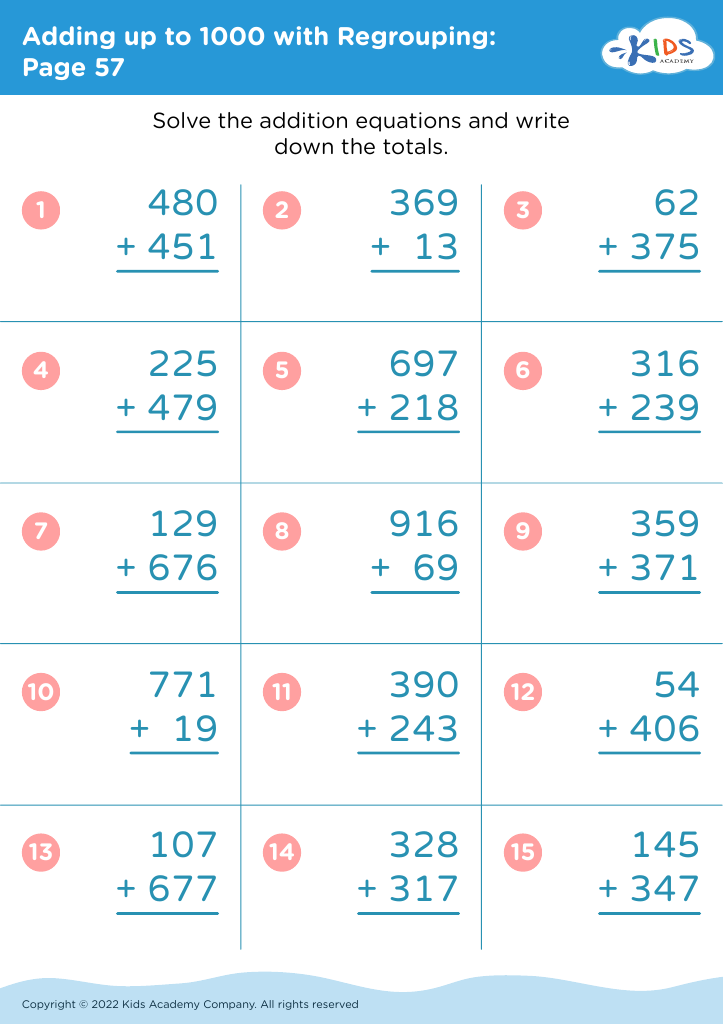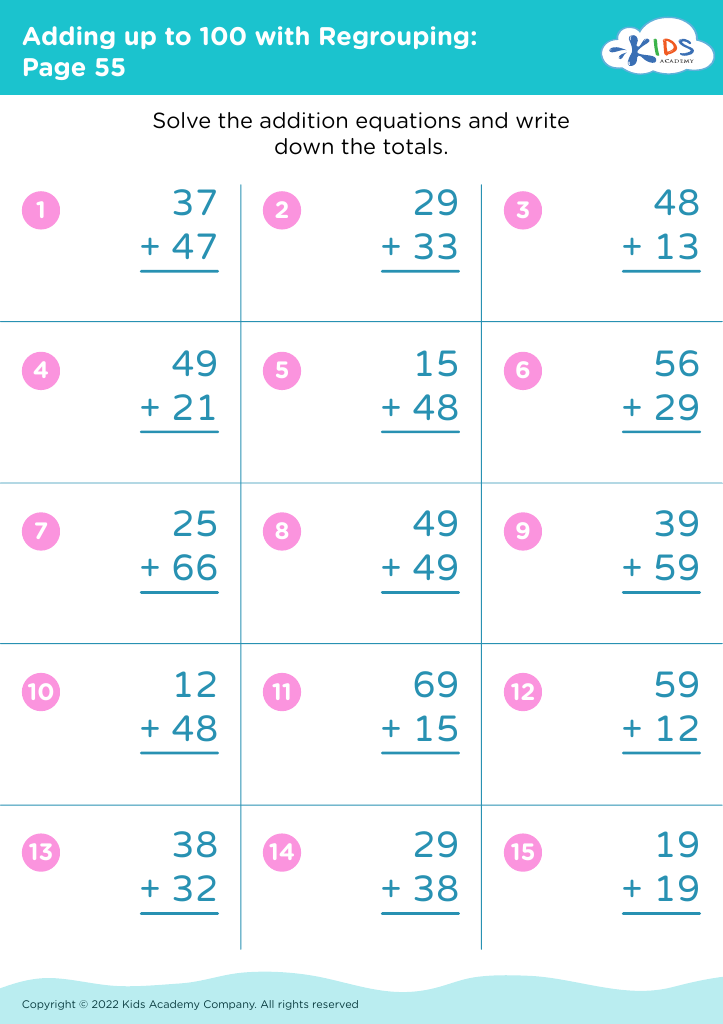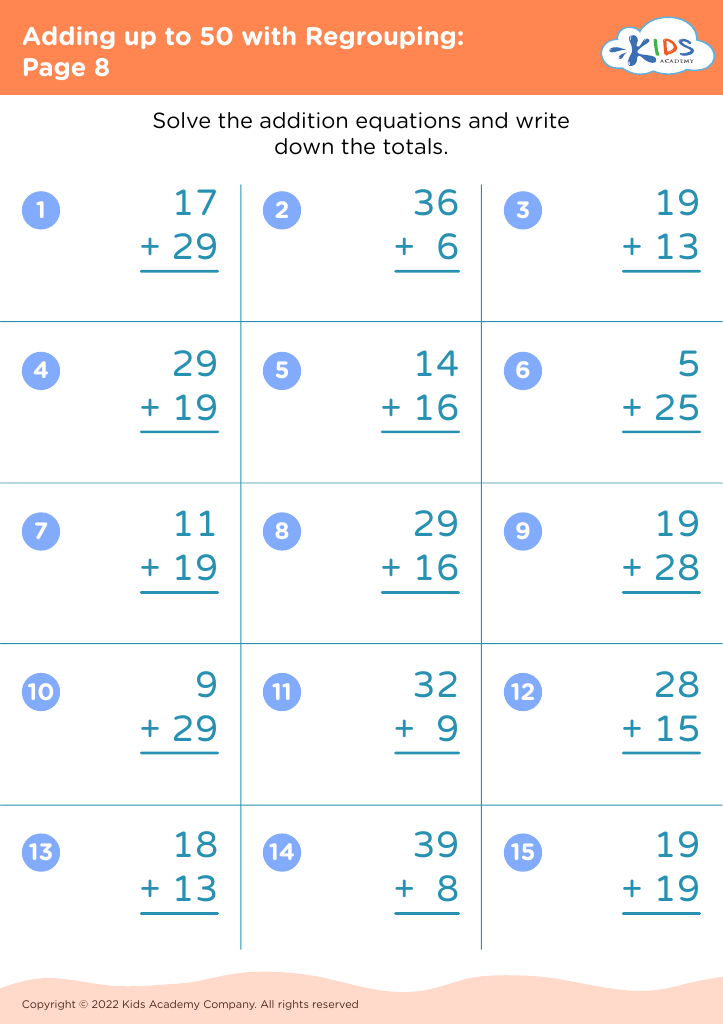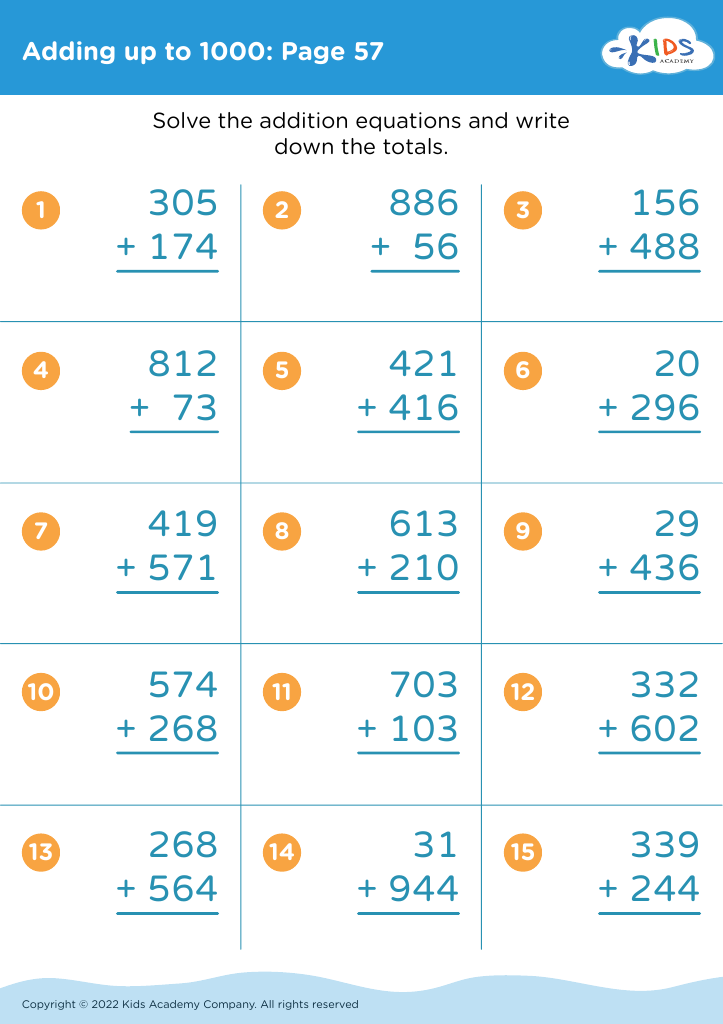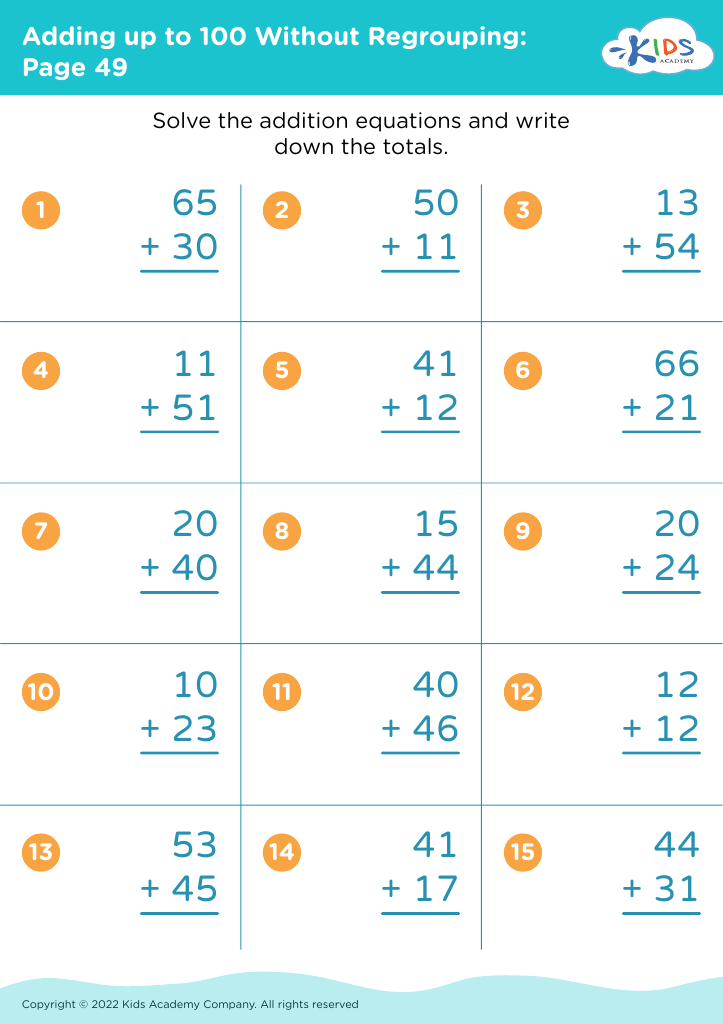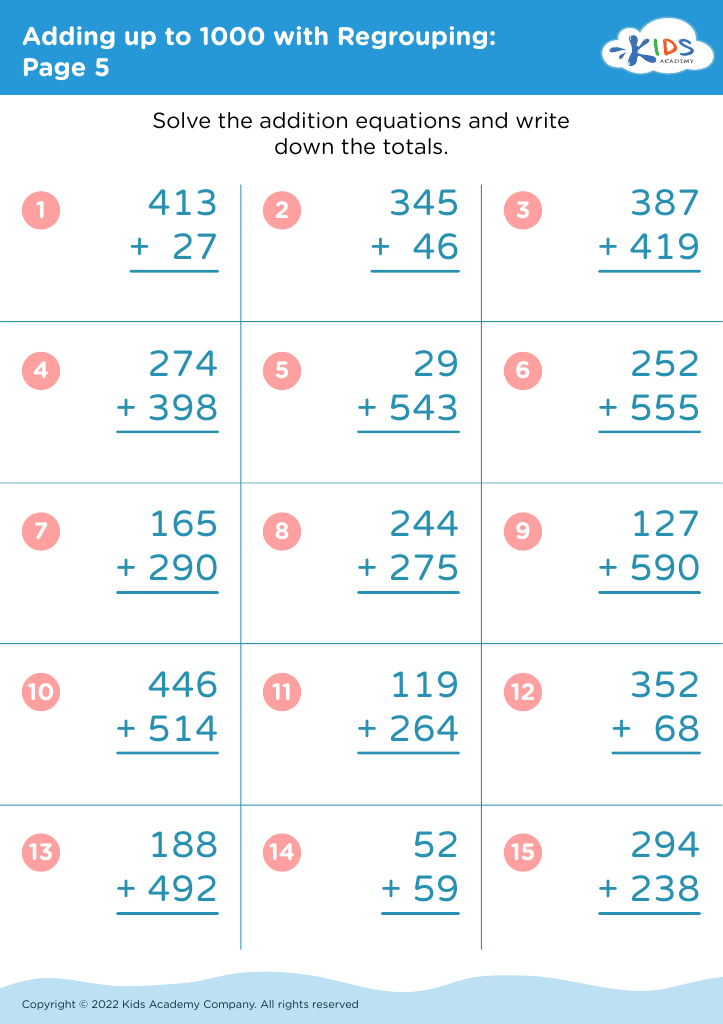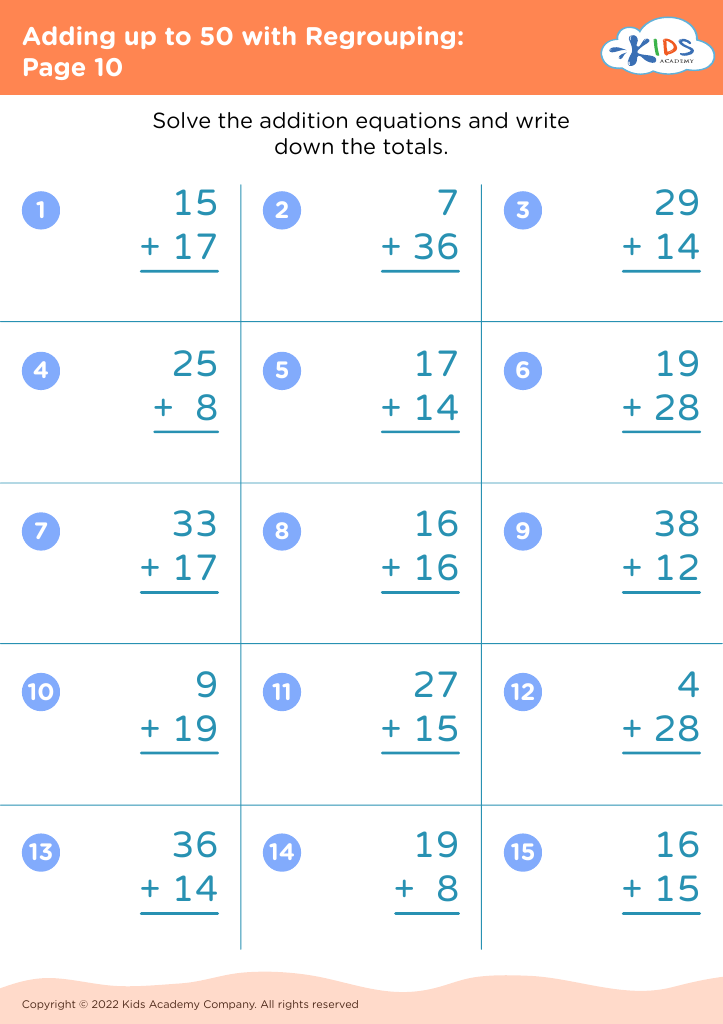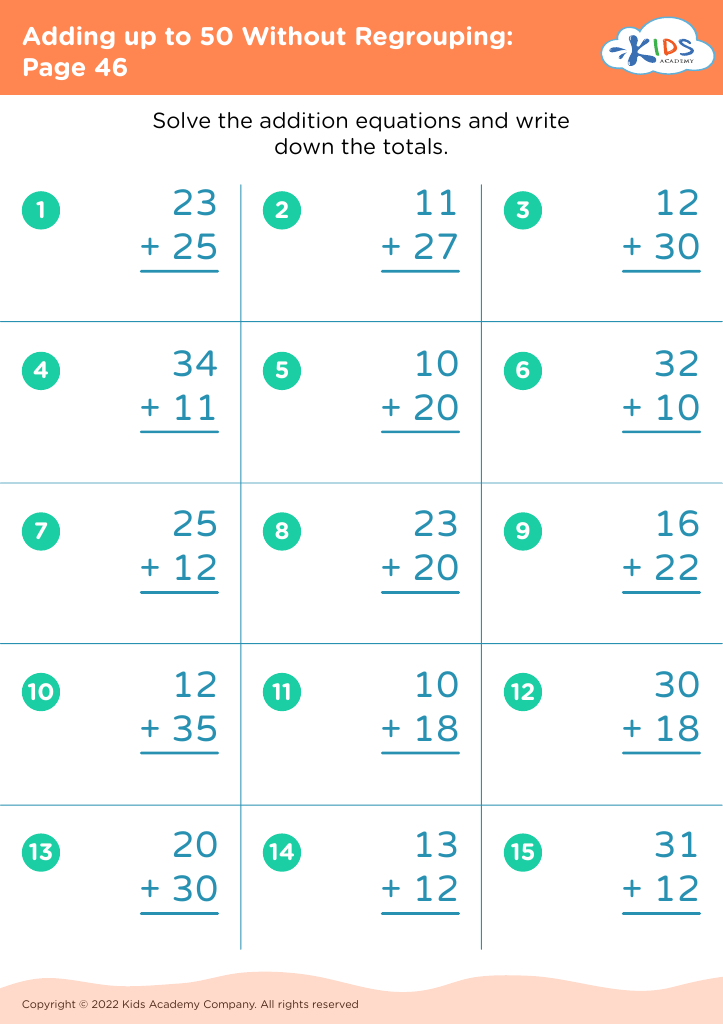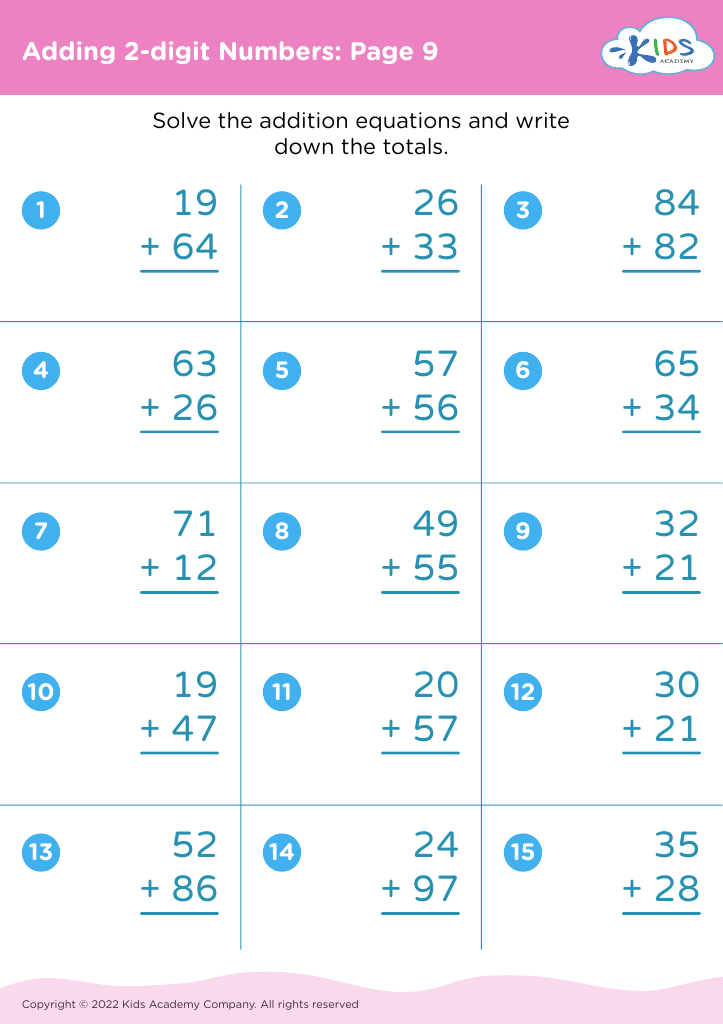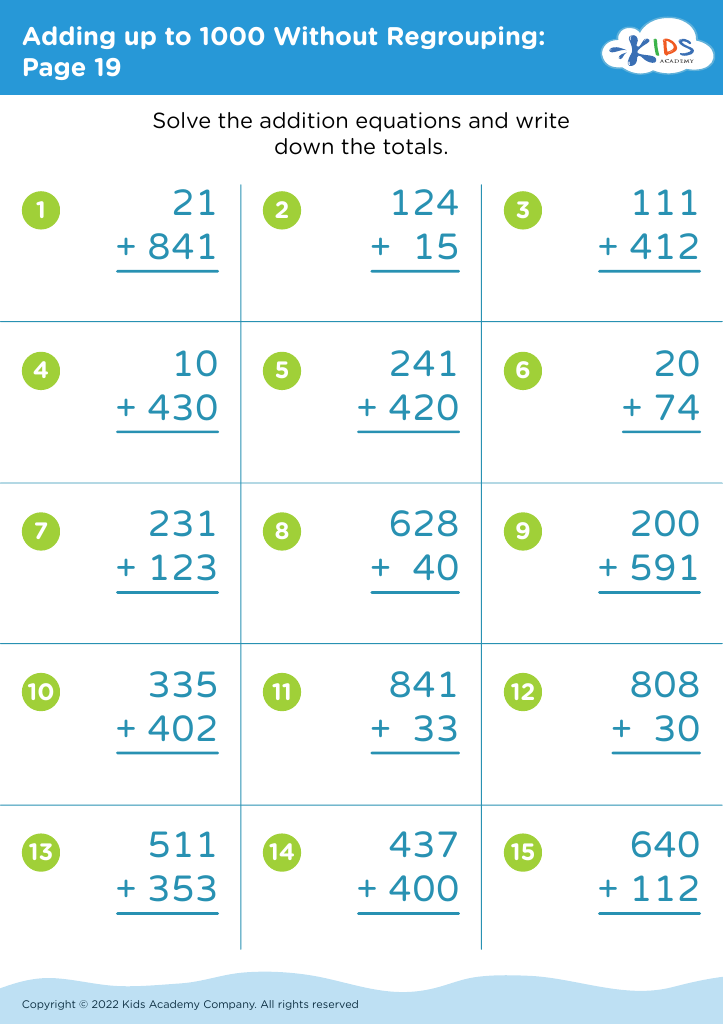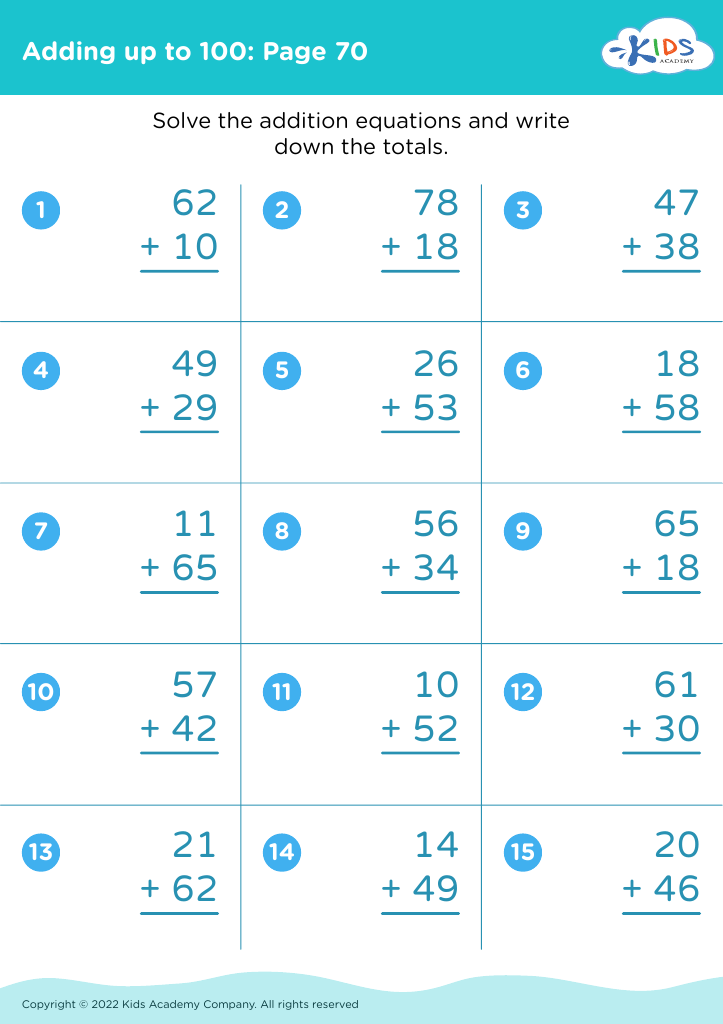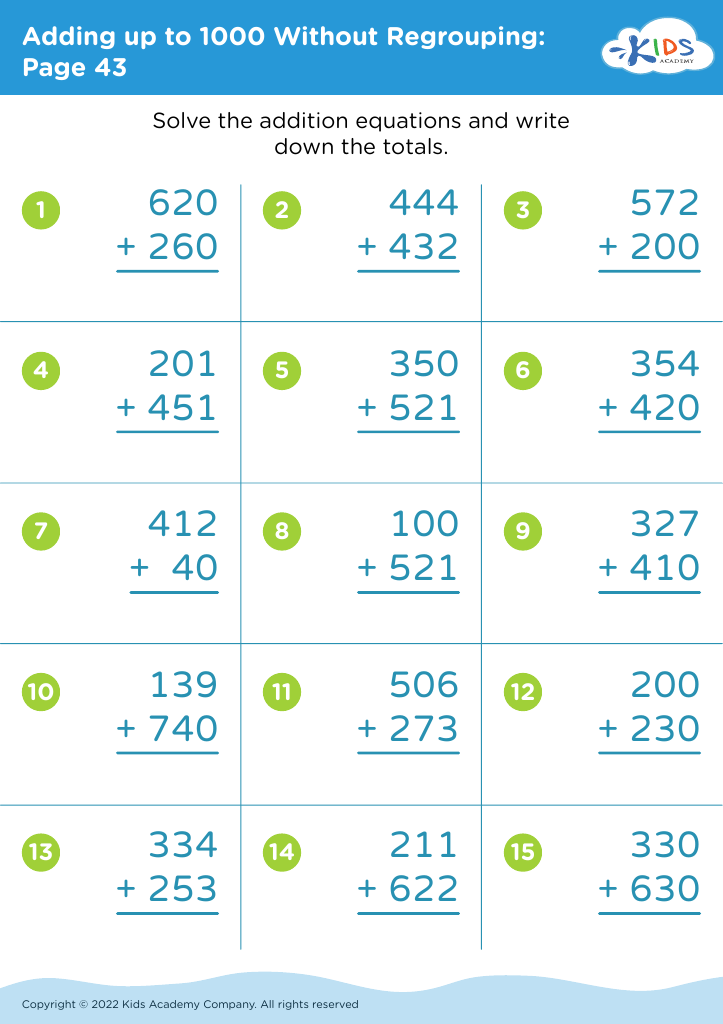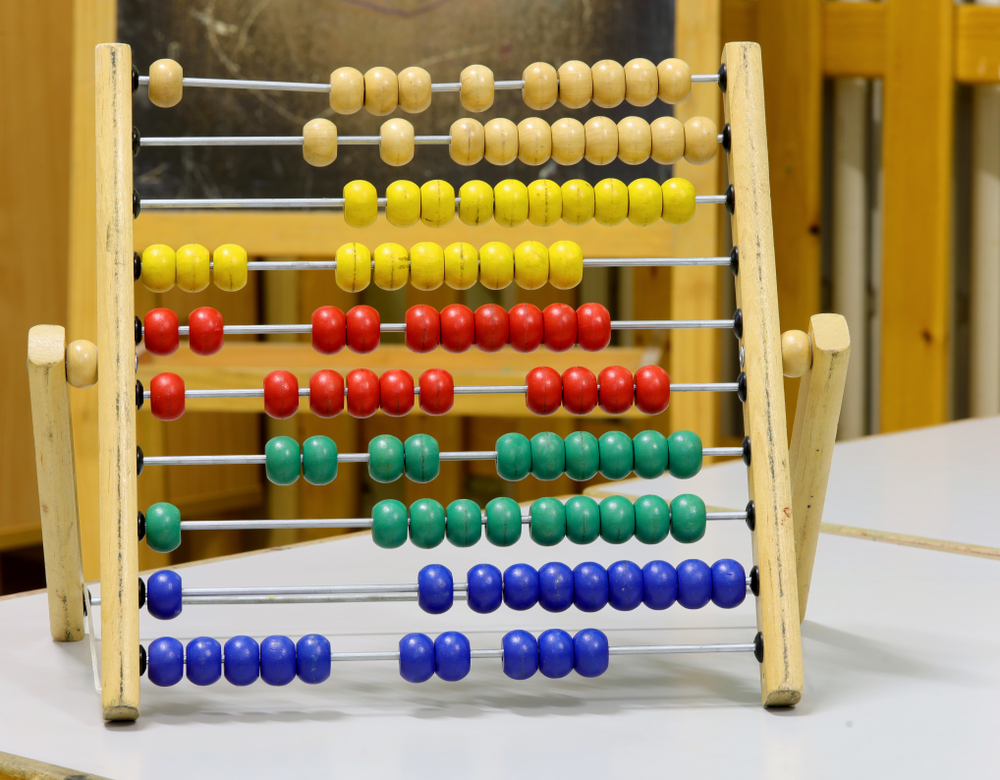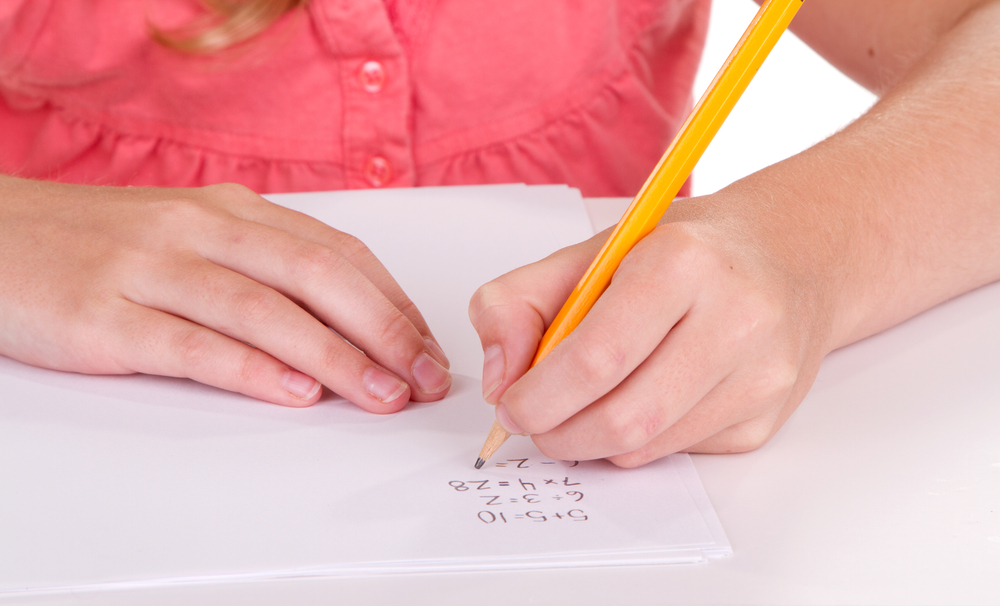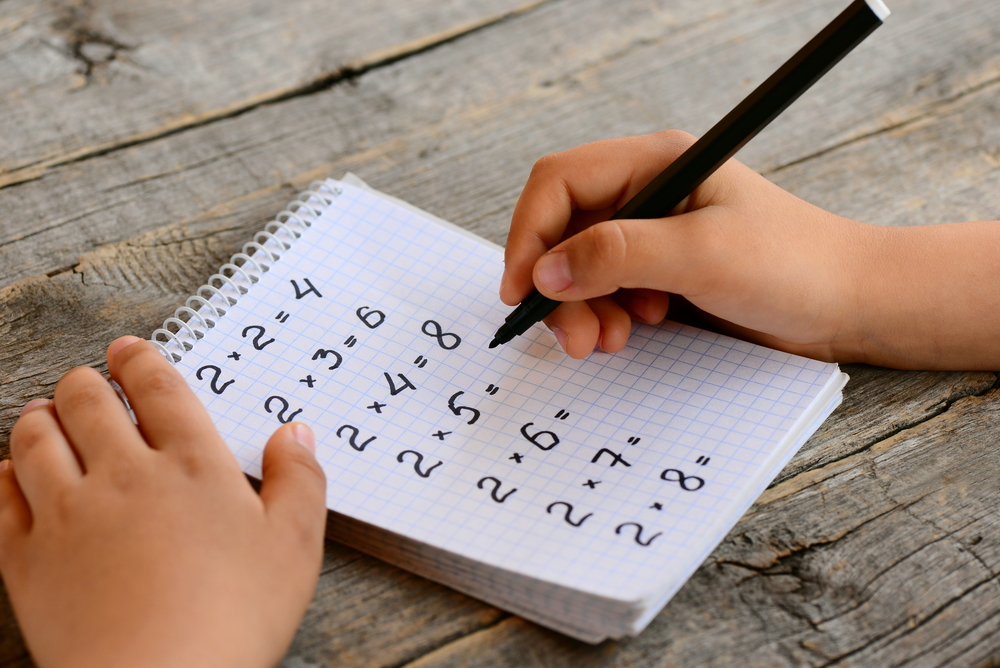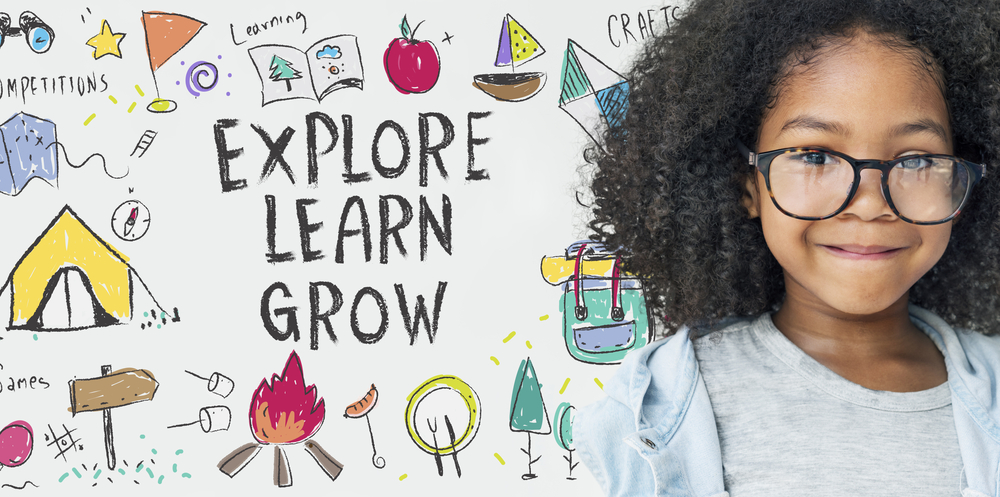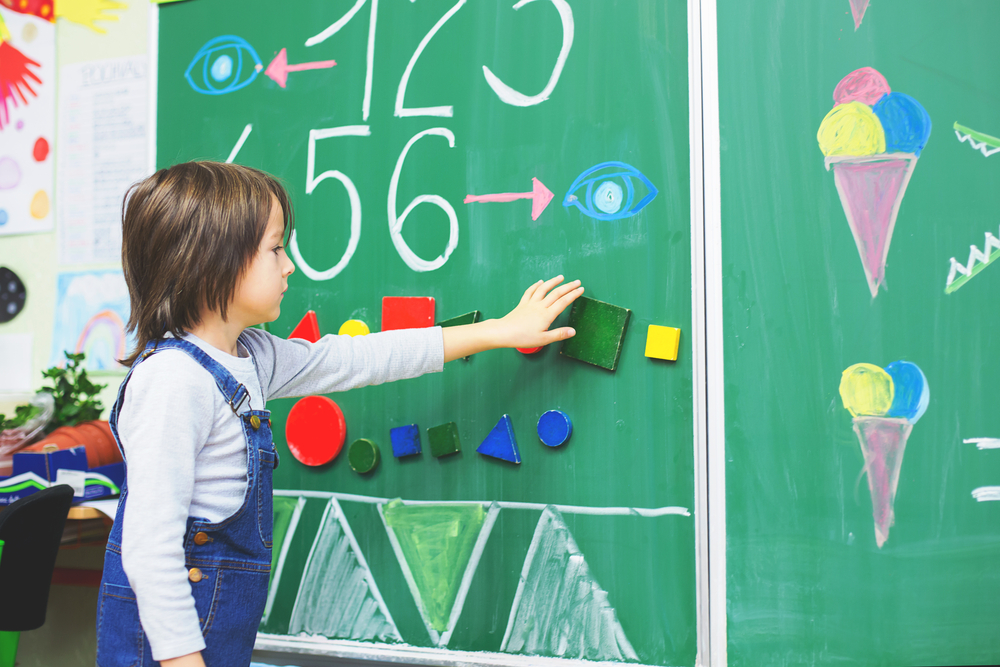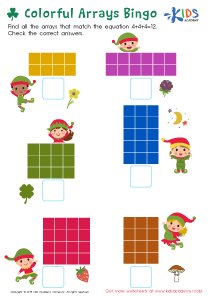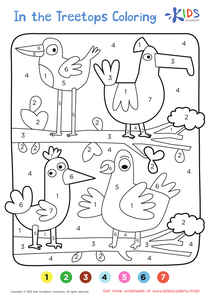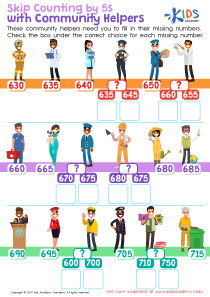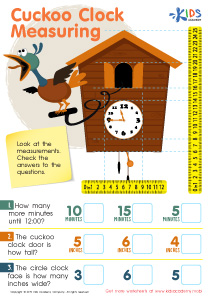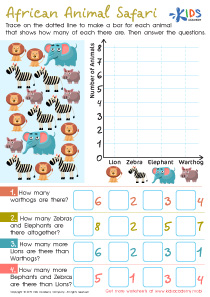Shape identification Grade 2 Addition & Subtraction Worksheets
13 filtered results
-
From - To
Welcome to our Grade 2 Shape Identification Addition and Subtraction Worksheets! These engaging resources are designed to enhance your child's math skills while reinforcing shape recognition. With fun visuals and interactive exercises, students will explore various shapes while practicing essential addition and subtraction concepts. Ideal for classroom use or at-home learning, these worksheets support the development of critical thinking and problem-solving skills. Perfect for helping young learners master math fundamentals through a creative approach, our worksheets ensure learning is both enjoyable and effective. Download now and watch your child’s confidence soar as they excel in shape identification and basic math operations!
Shape identification is a fundamental skill in early education, particularly in Grade 2, where students deepen their understanding of geometry and begin to make connections between shapes and mathematical operations, such as addition and subtraction. Parents and teachers should care about this skill for several reasons.
Firstly, recognizing and understanding shapes form the foundation of spatial reasoning, a critical component in developing problem-solving skills. Through shape identification, students learn to categorize objects and manipulate them mentally, which strengthens their cognitive abilities.
Secondly, when students learn to associate shapes with addition and subtraction, such as combining cubes (filling geometric spaces) or separating sets (such as slicing a rectangle), they gain practical applications for math that make learning more engaging. This also fosters collaborative group work, enhancing social skills and teamwork.
Moreover, shape identification is not just about recognizing circles, squares, or triangles; it promotes critical thinking and creativity. When students can explore shapes in real-world contexts—in art, architecture, and even nature—they cultivate a broader understanding of their environment. Therefore, investing in shape identification enhances students’ mathematical understanding while supporting their overall cognitive and social development, making it an essential focus for both parents and teachers.
